arkt supply, Eger, HU
How can a group of young architects find their place in today’s world without money and commissions? Only if they create a suitable environment for themselves, from which the local community can also benefit. We contacted the local government to provide us with a vacant building that no one finds inspiring enough to refurbish. We have been granted a 15-year lease of the decaying state-owned building located in the middle of an old park. We had outlined a sustainable model hinged on local needs: we had undertaken to implement a value-added reconstruction and fill the building with cultural content. In defining our aesthetic standards, our guideline was to satisfy basic technical requirements, but in terms of usability, we sought to achieve maximal functionality. In a collaboration involving the social sphere, the institutional sphere and the construction industry, we managed to realise an exemplary renovation, making use of already available resources, without seed capital and cash flow. We reversed the usual course of planning: first, we sought material support for the required tasks and then came up with architectural solutions to match the materials offered by the sponsors. In less than a year, we managed to renovate the building using the materials received and recycling the objects found on site. We involved students of a local polytechnic high school and convicts from the local penal institution in the process. The planning process gained new meaning, and the construction became a collective activity, which pushed the building into the background: the greatest added value of the project turned out to be the growing social network of the collaborators. Owing to the architectural intervention, a building that was once considered worthless has become a space full of life: a small but emblematic example of the power of community and the will to make a difference.
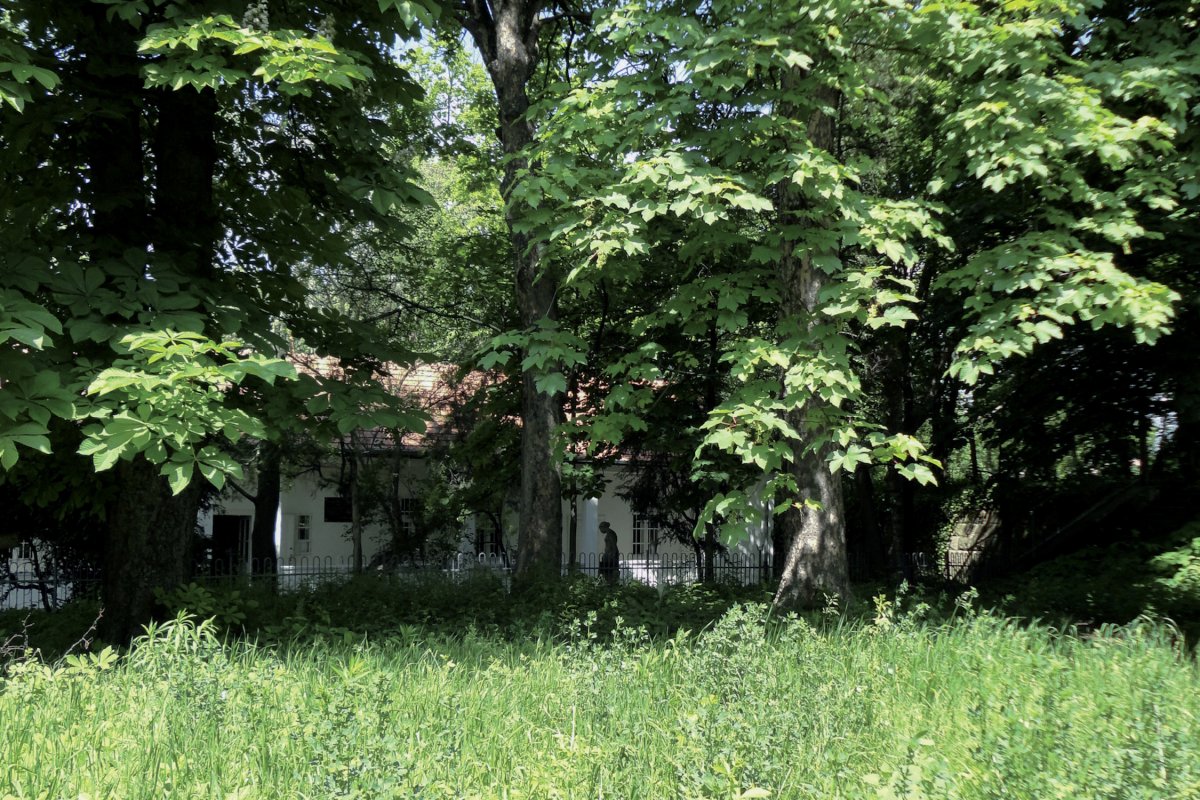
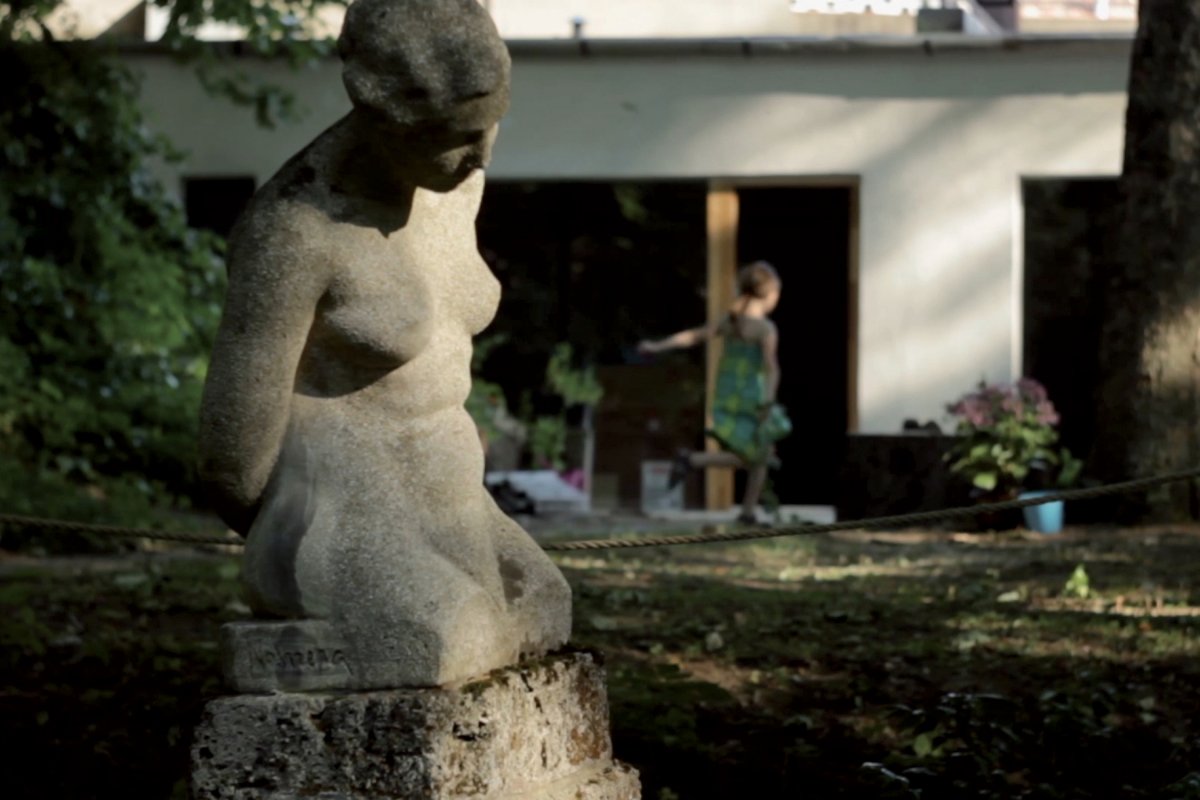
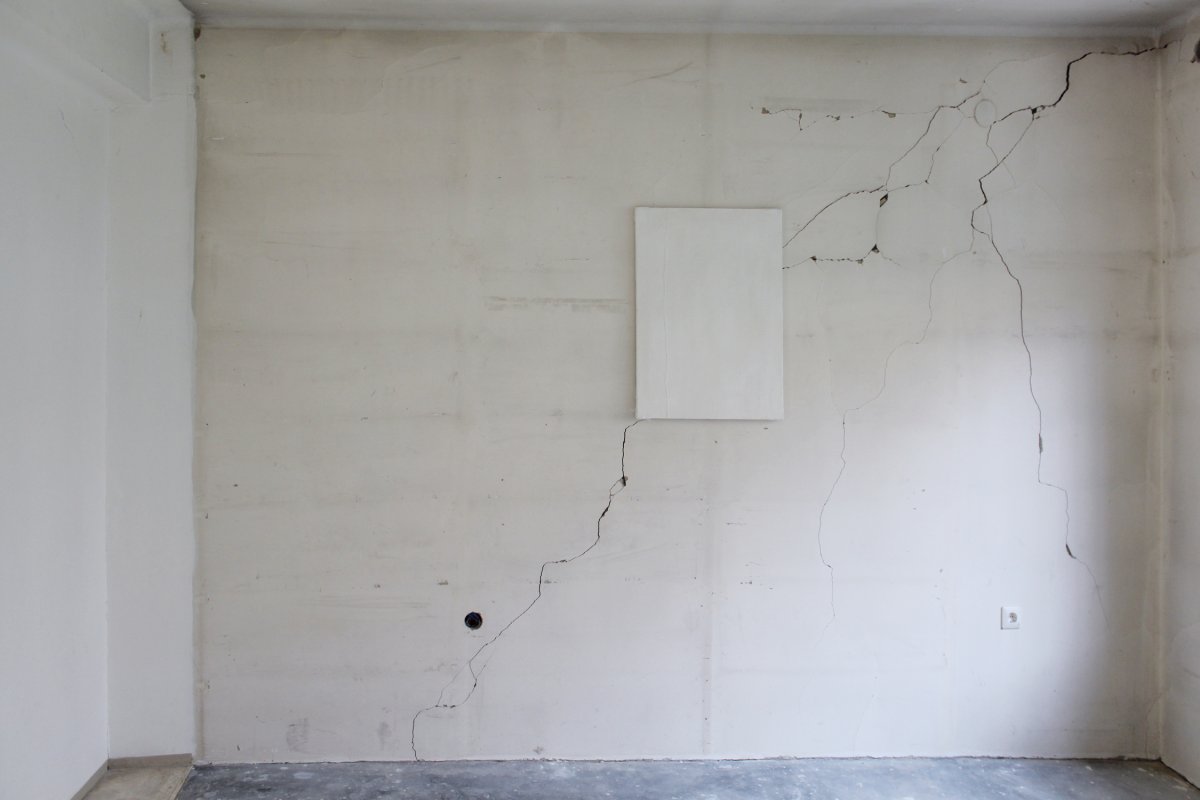
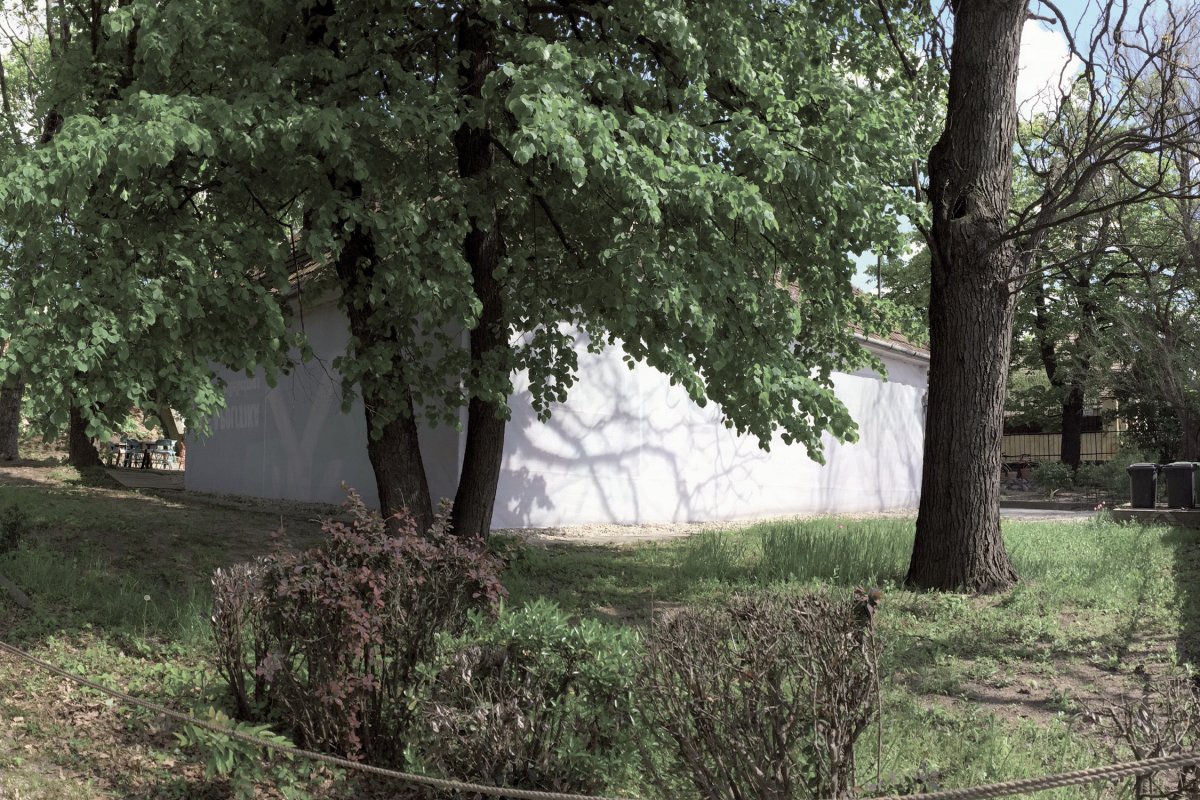
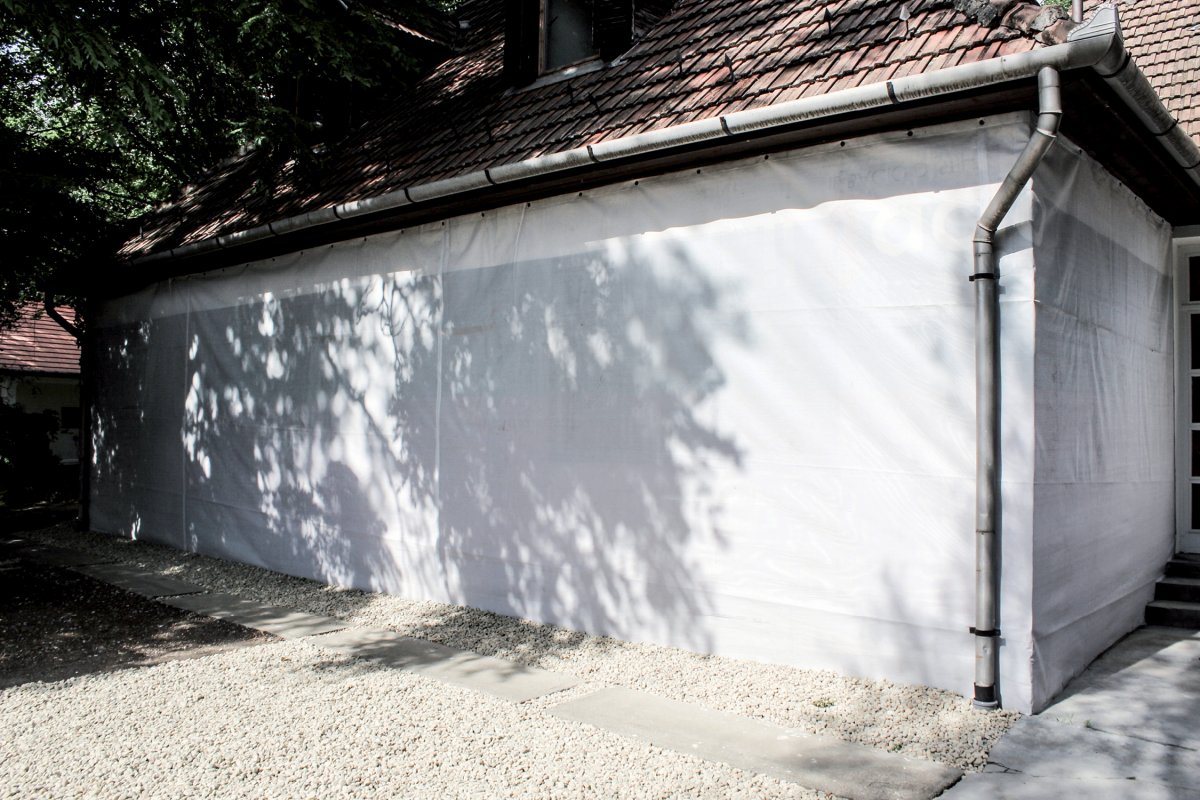
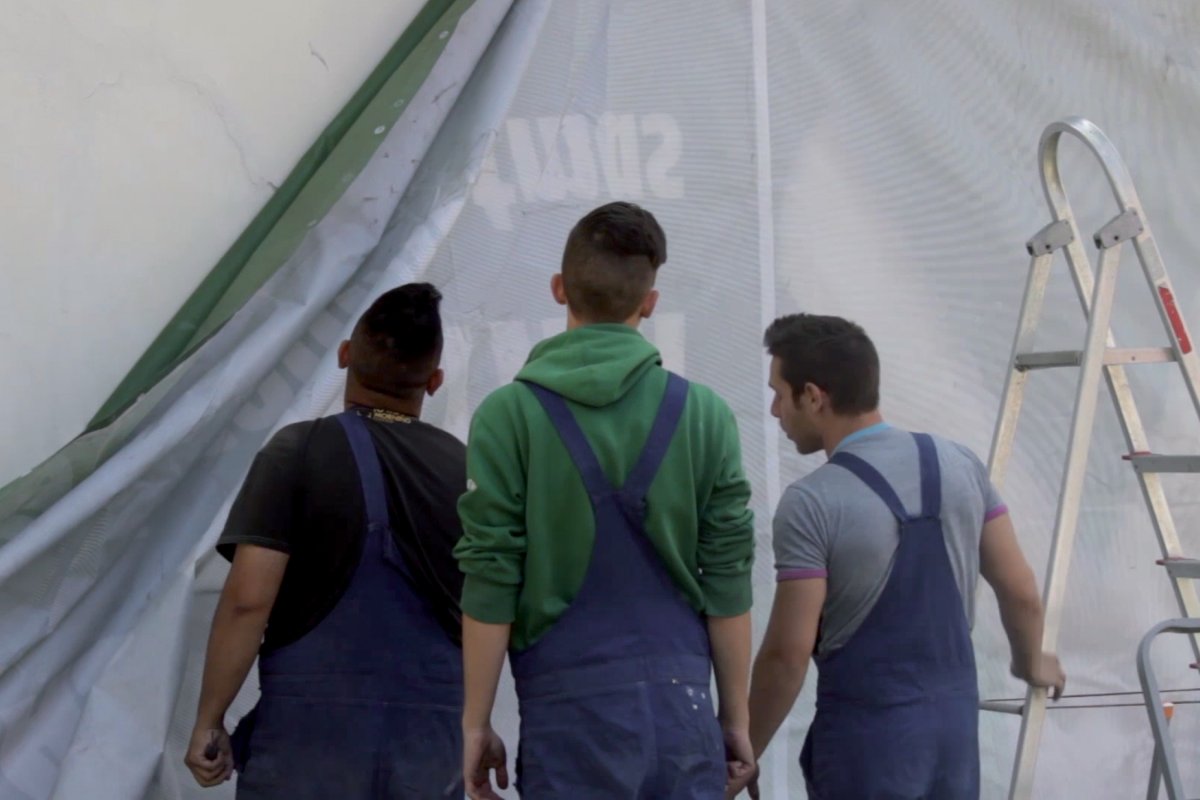

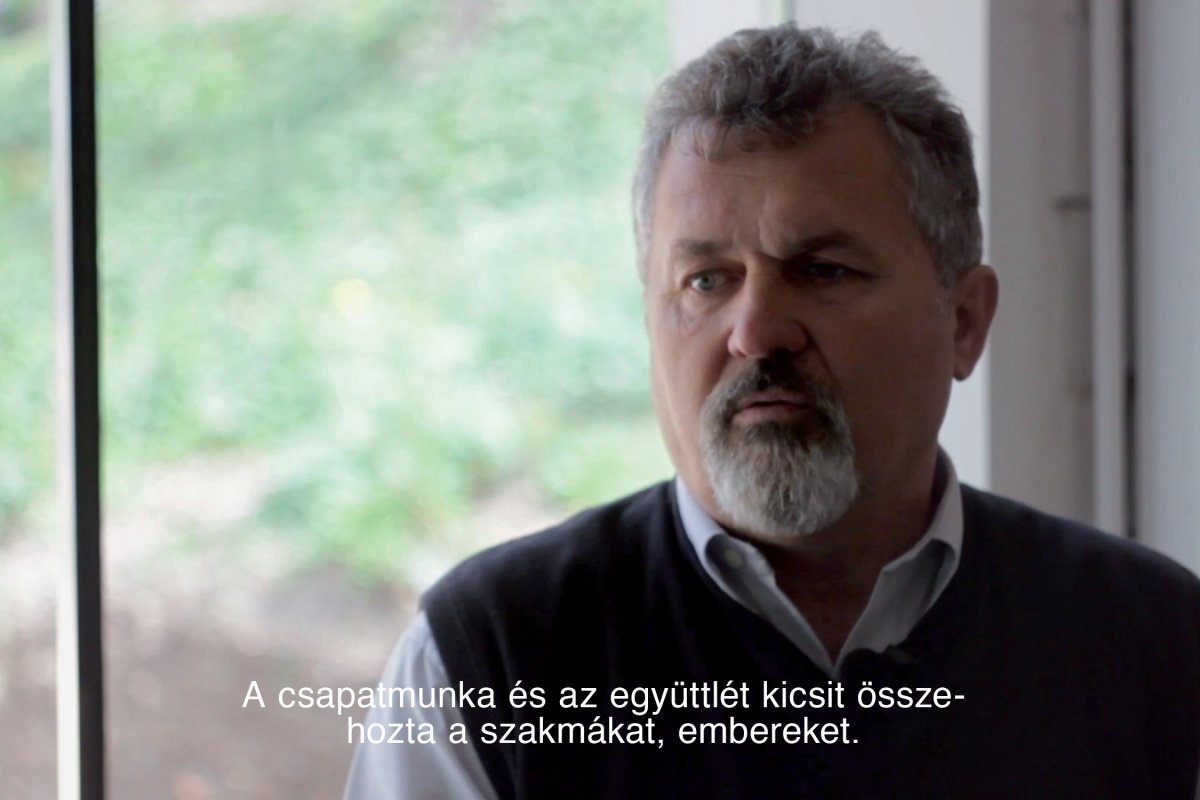
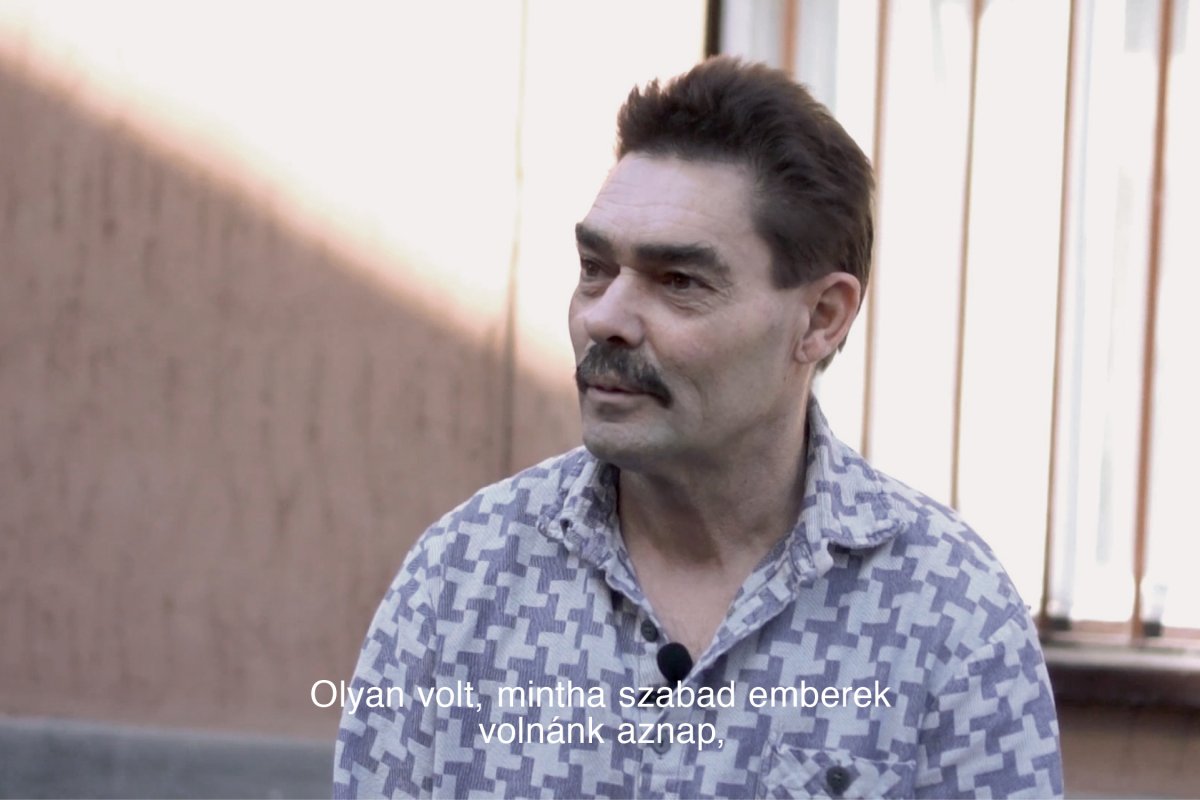
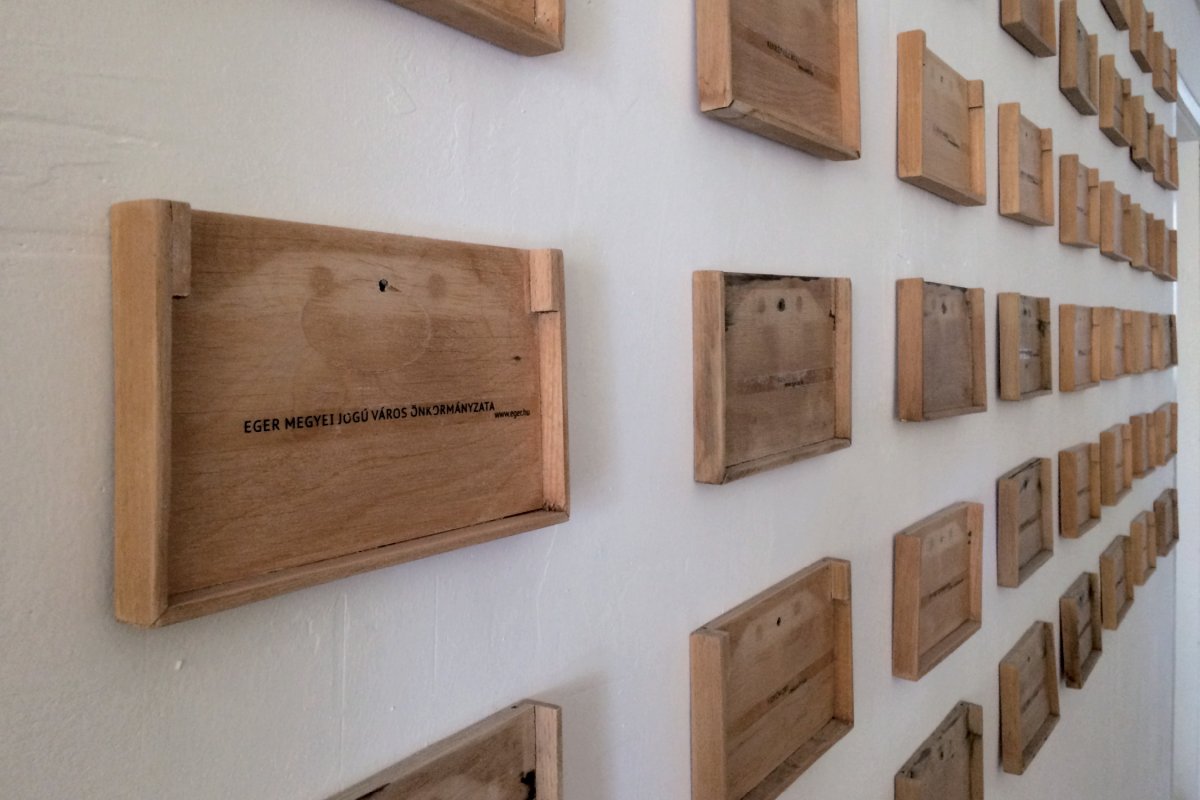
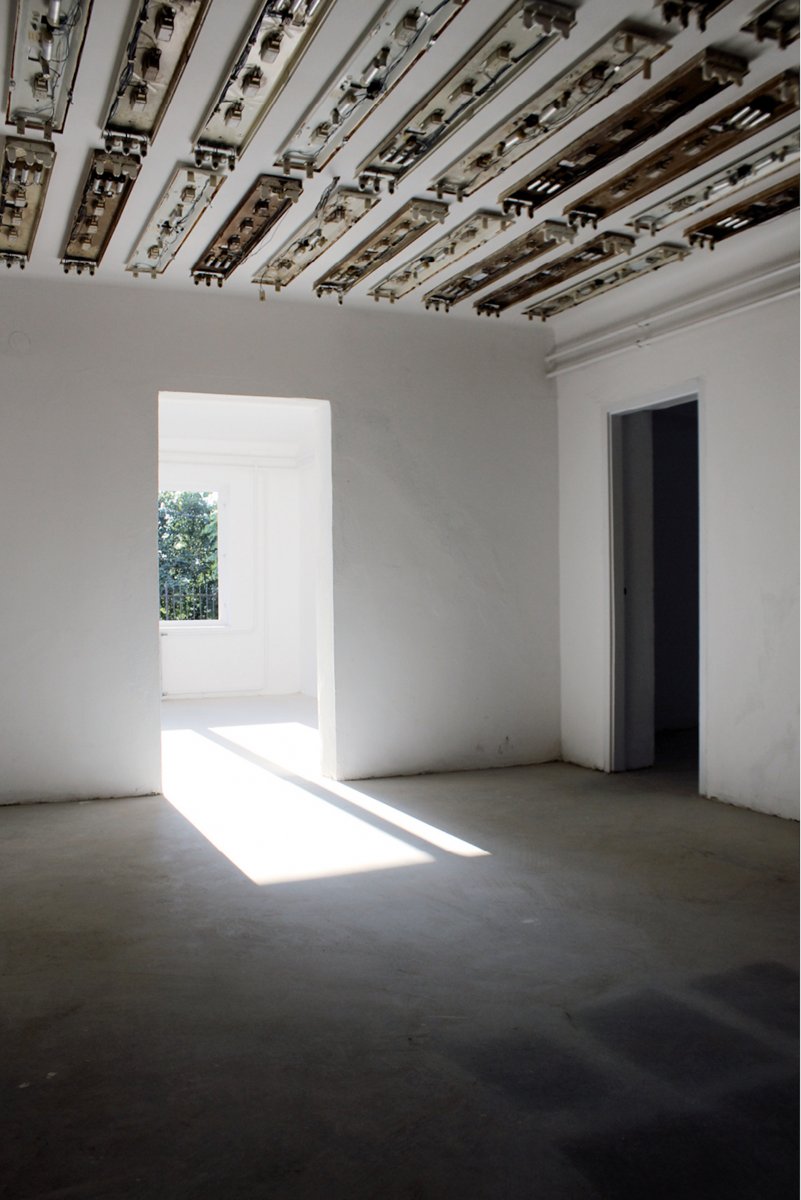
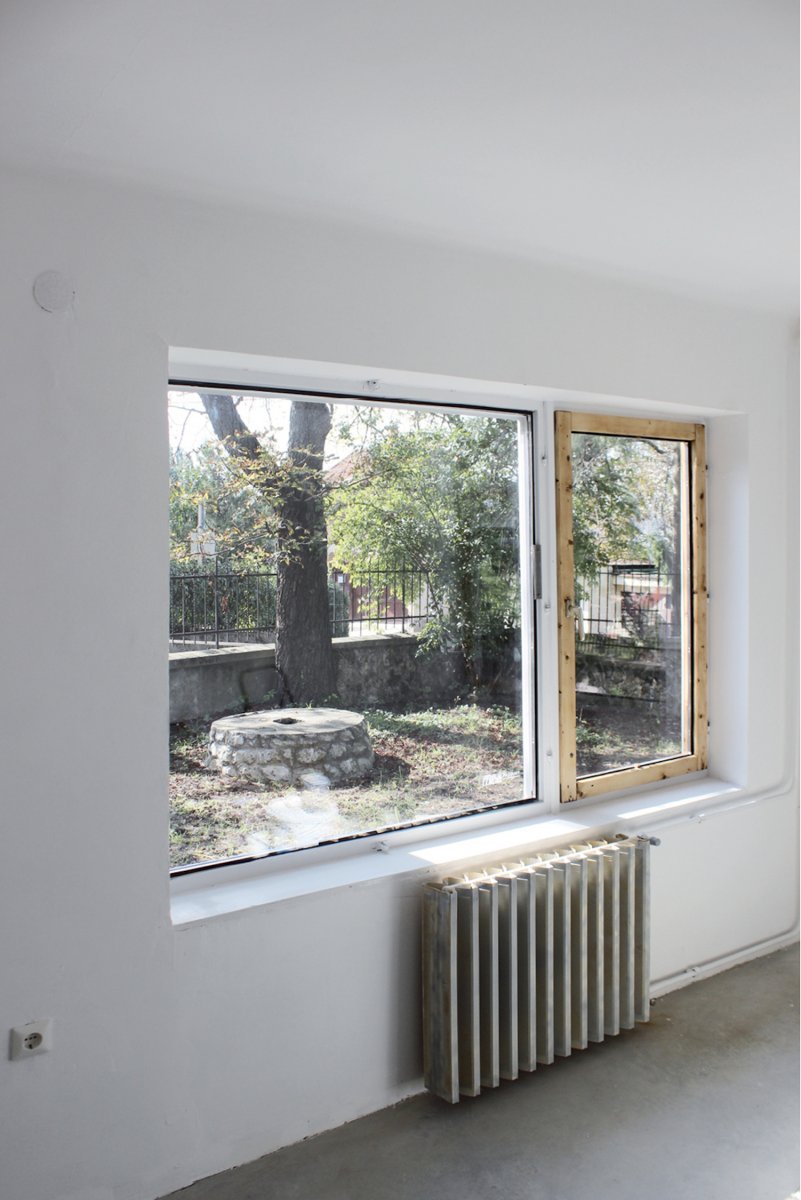
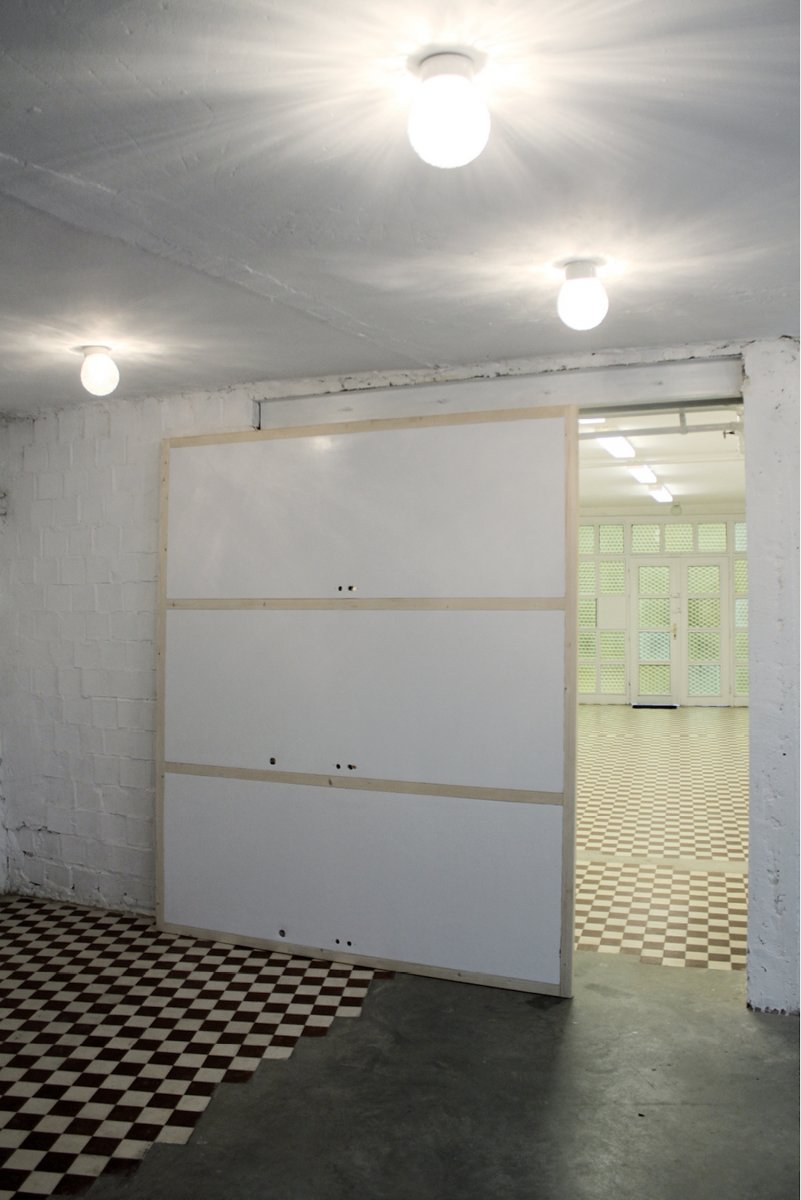
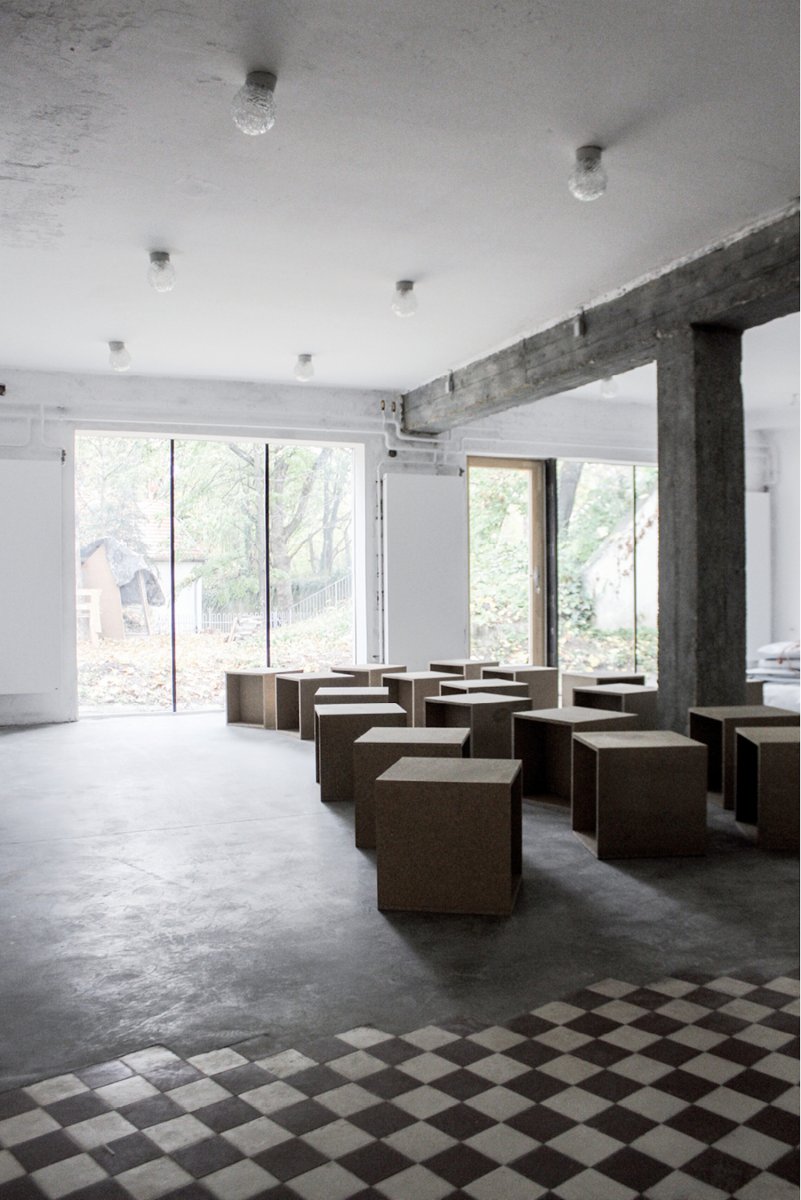
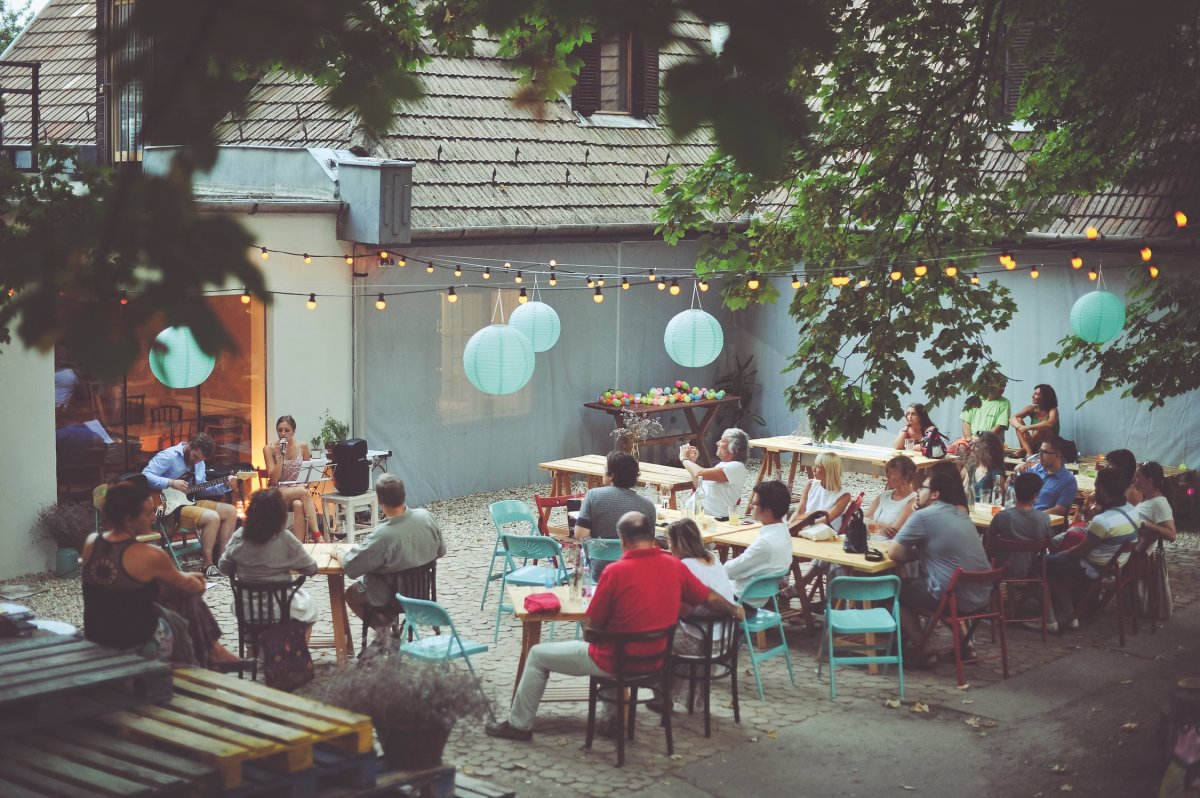
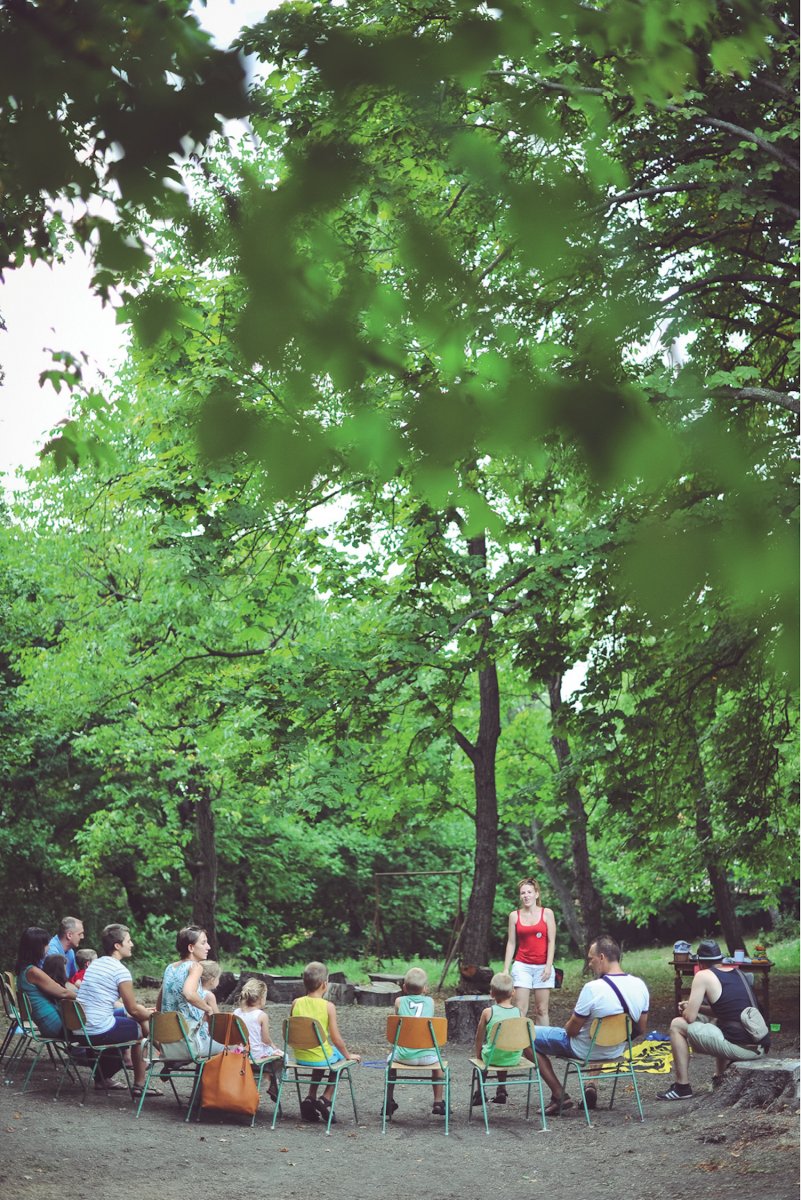
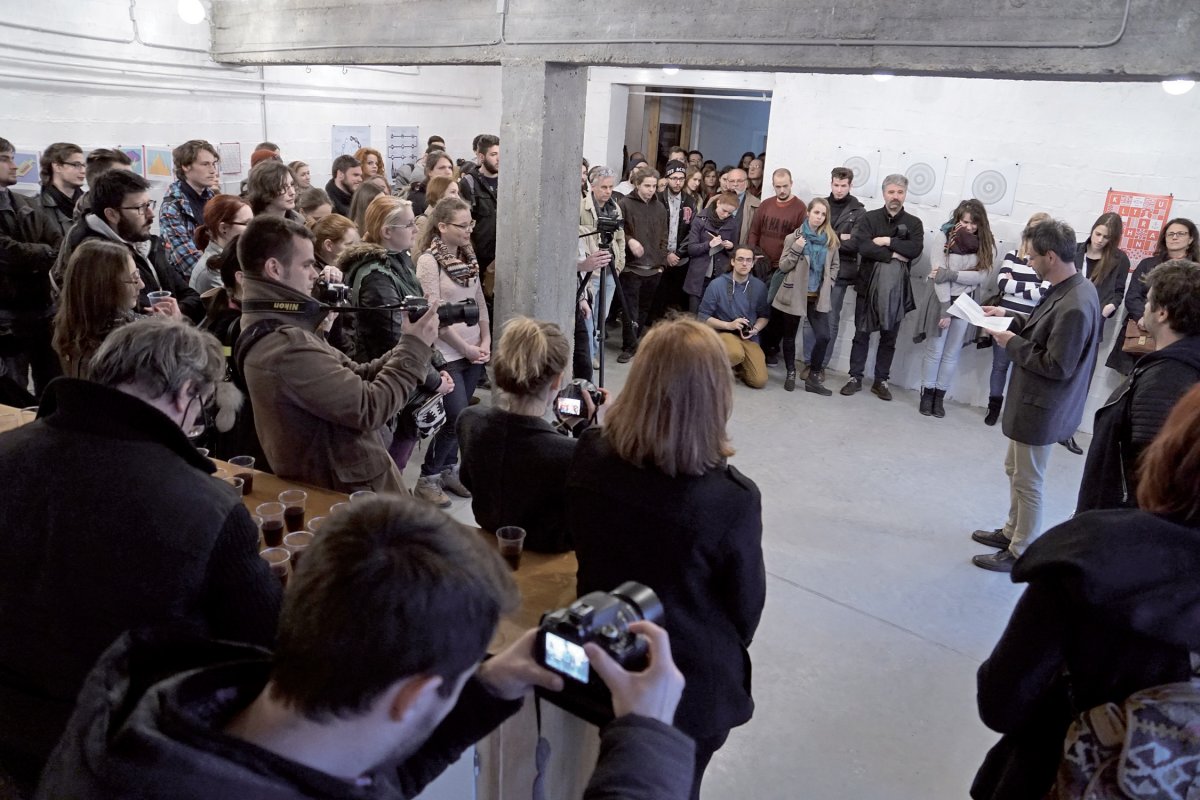
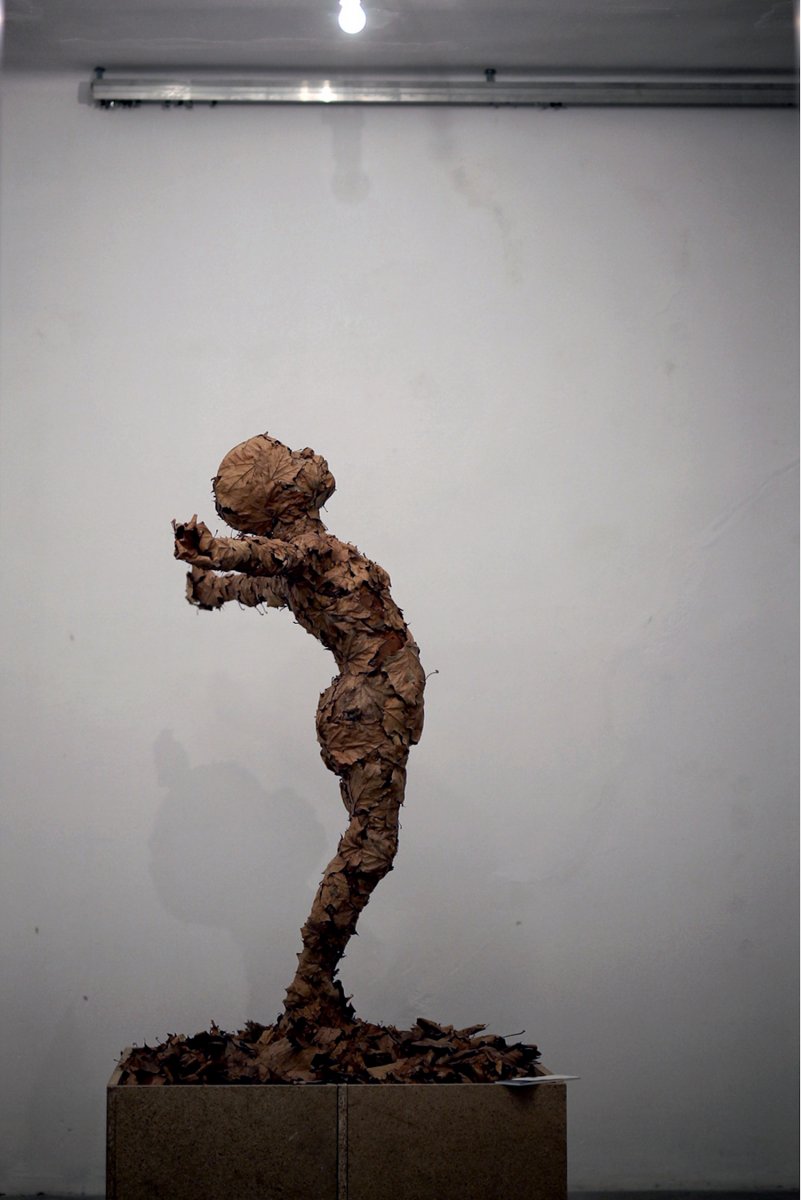
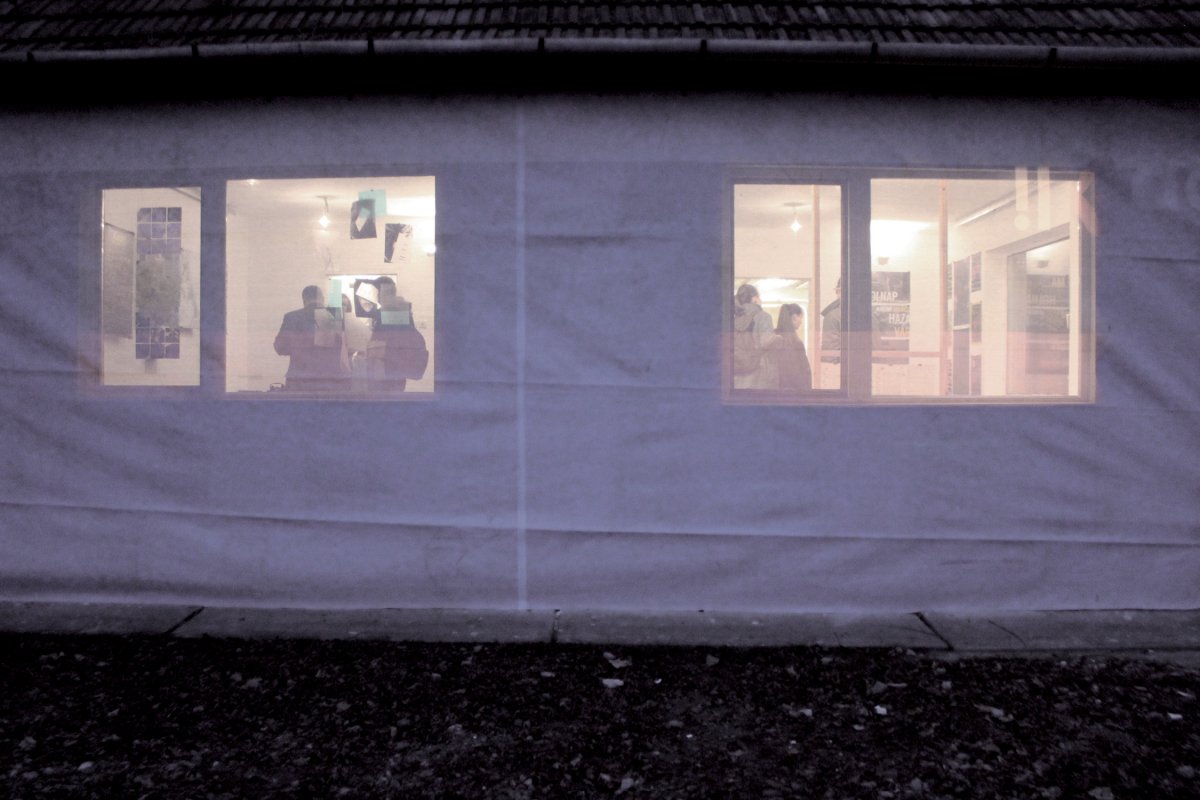
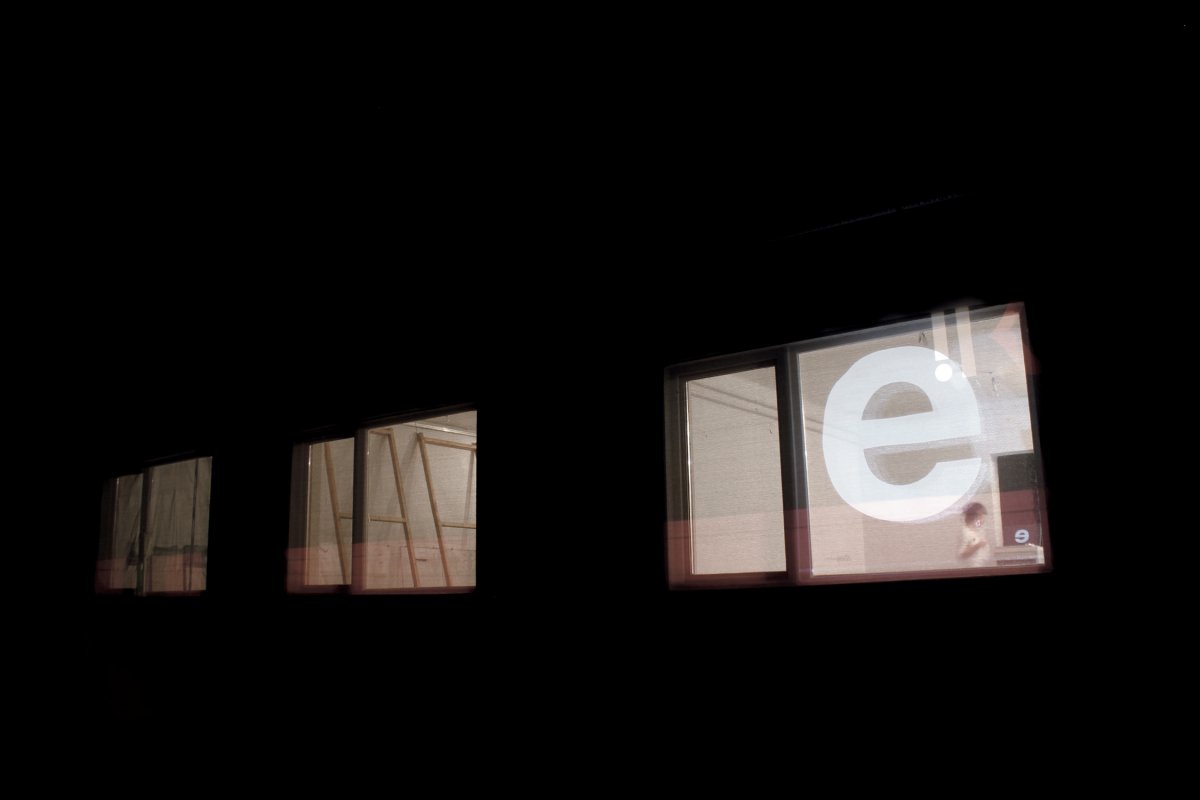
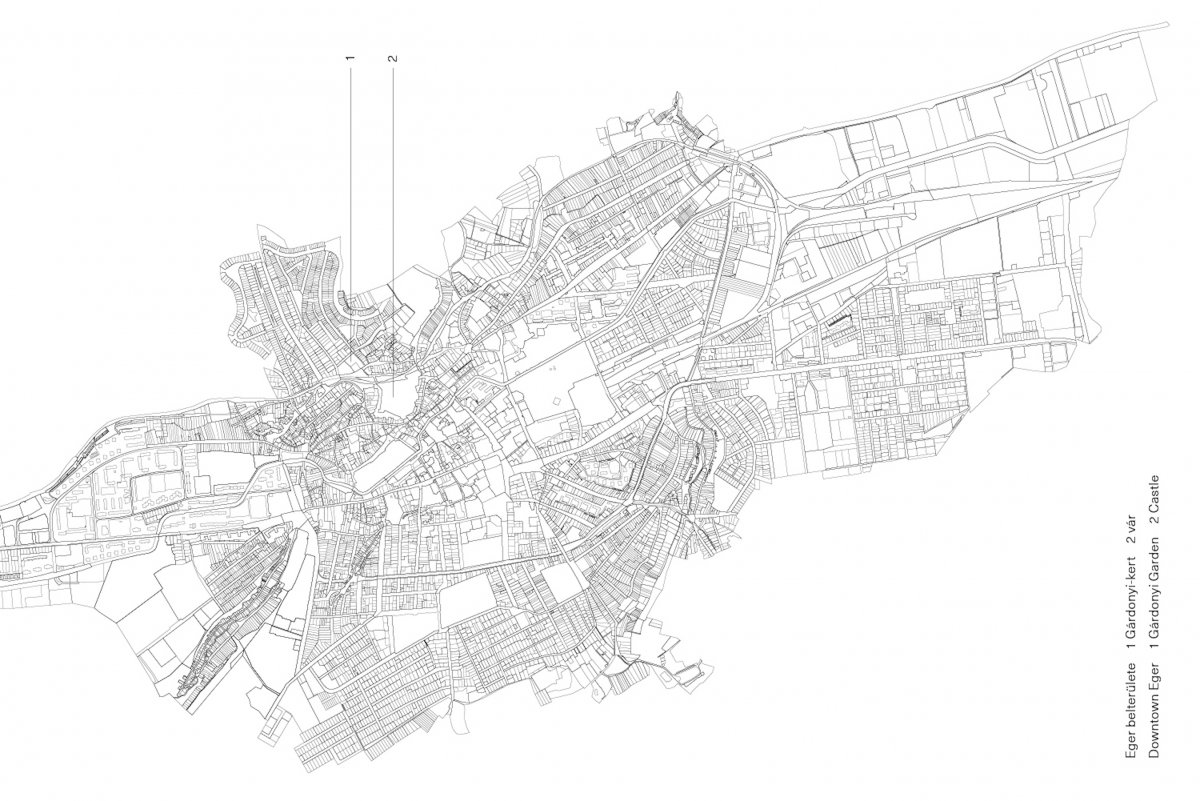
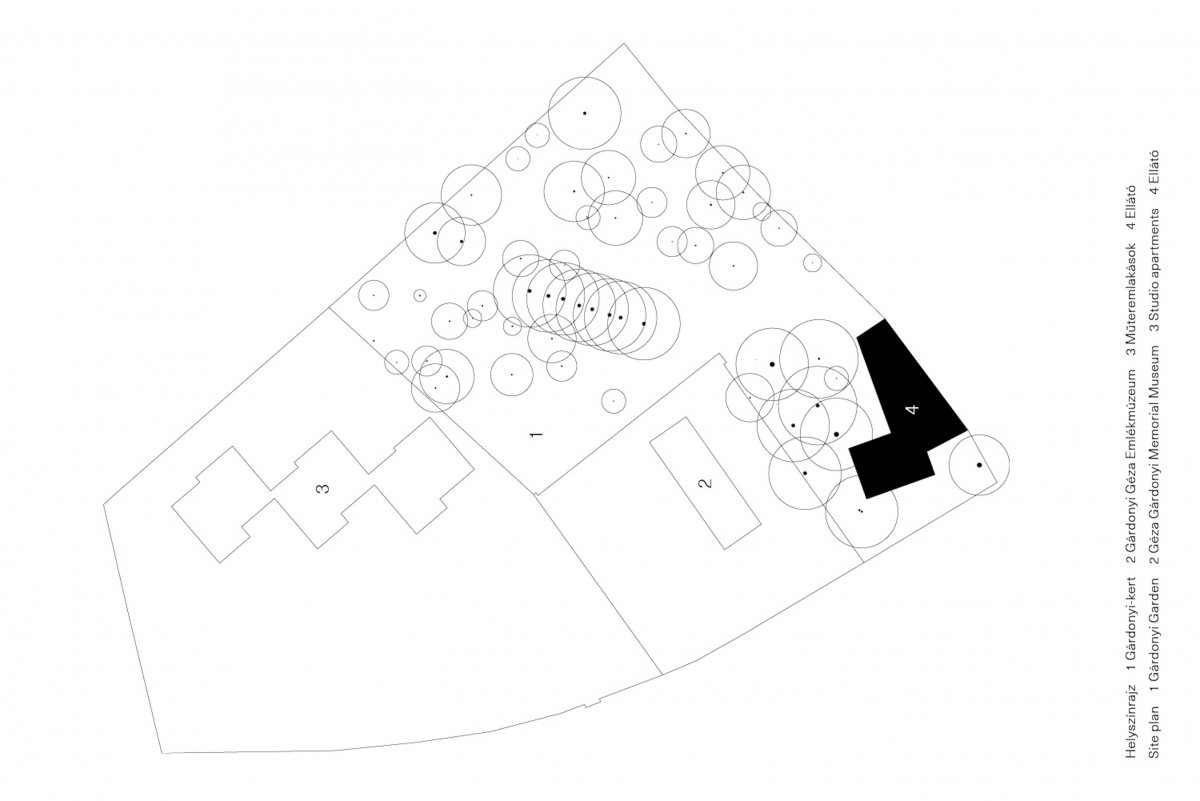
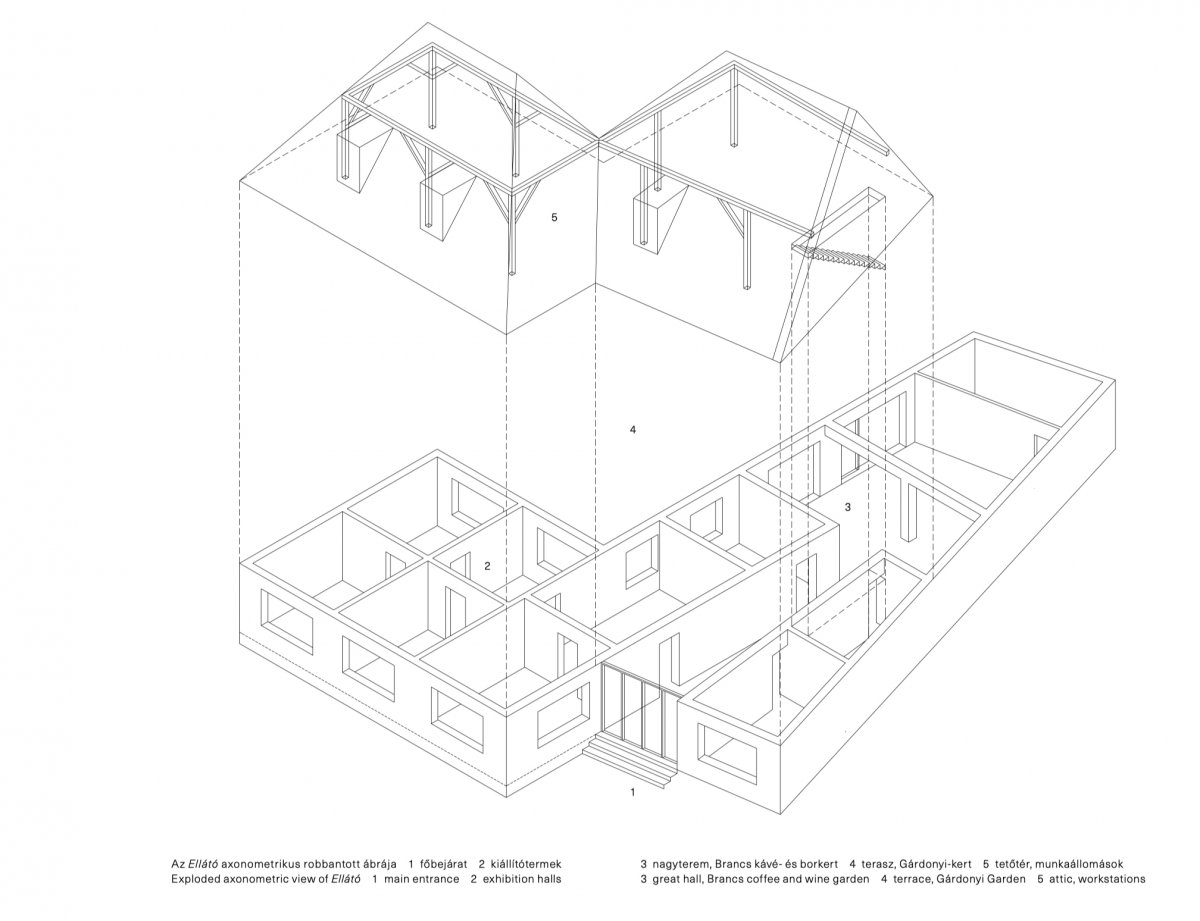

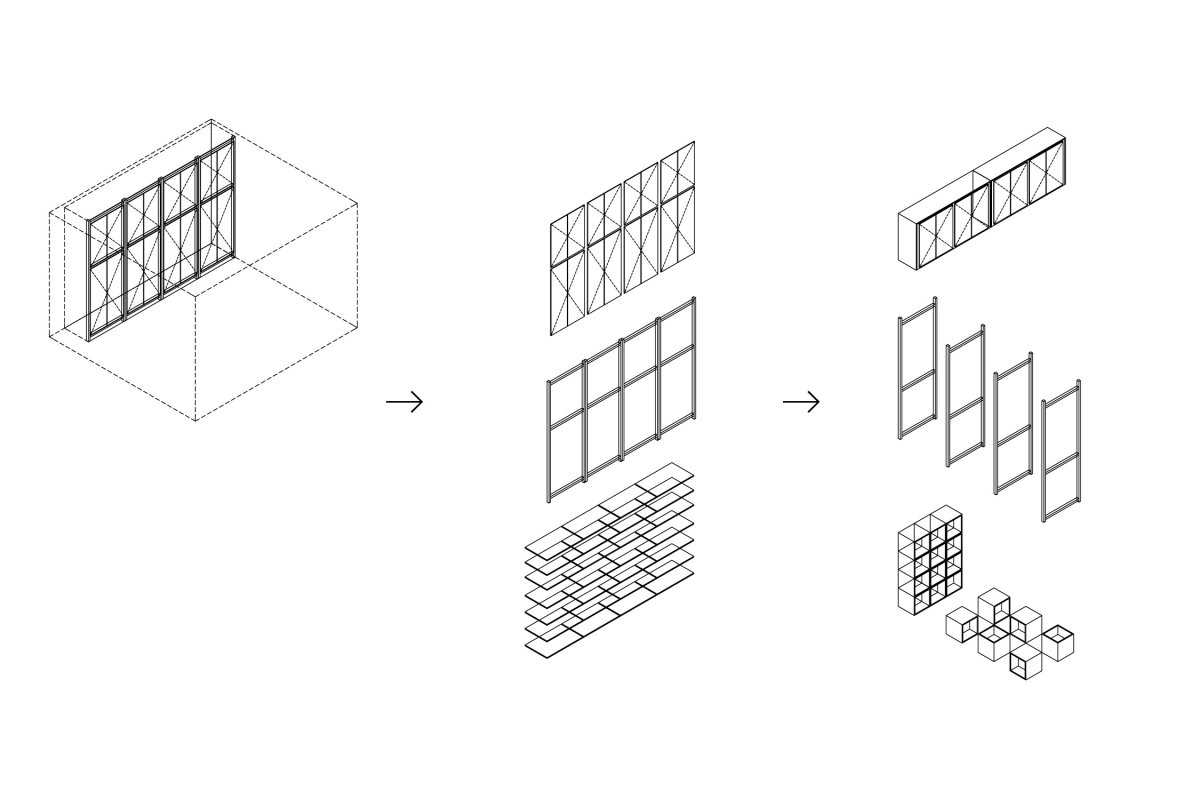
(László Kalmár - Venice Biennale of Architecture, 2016)